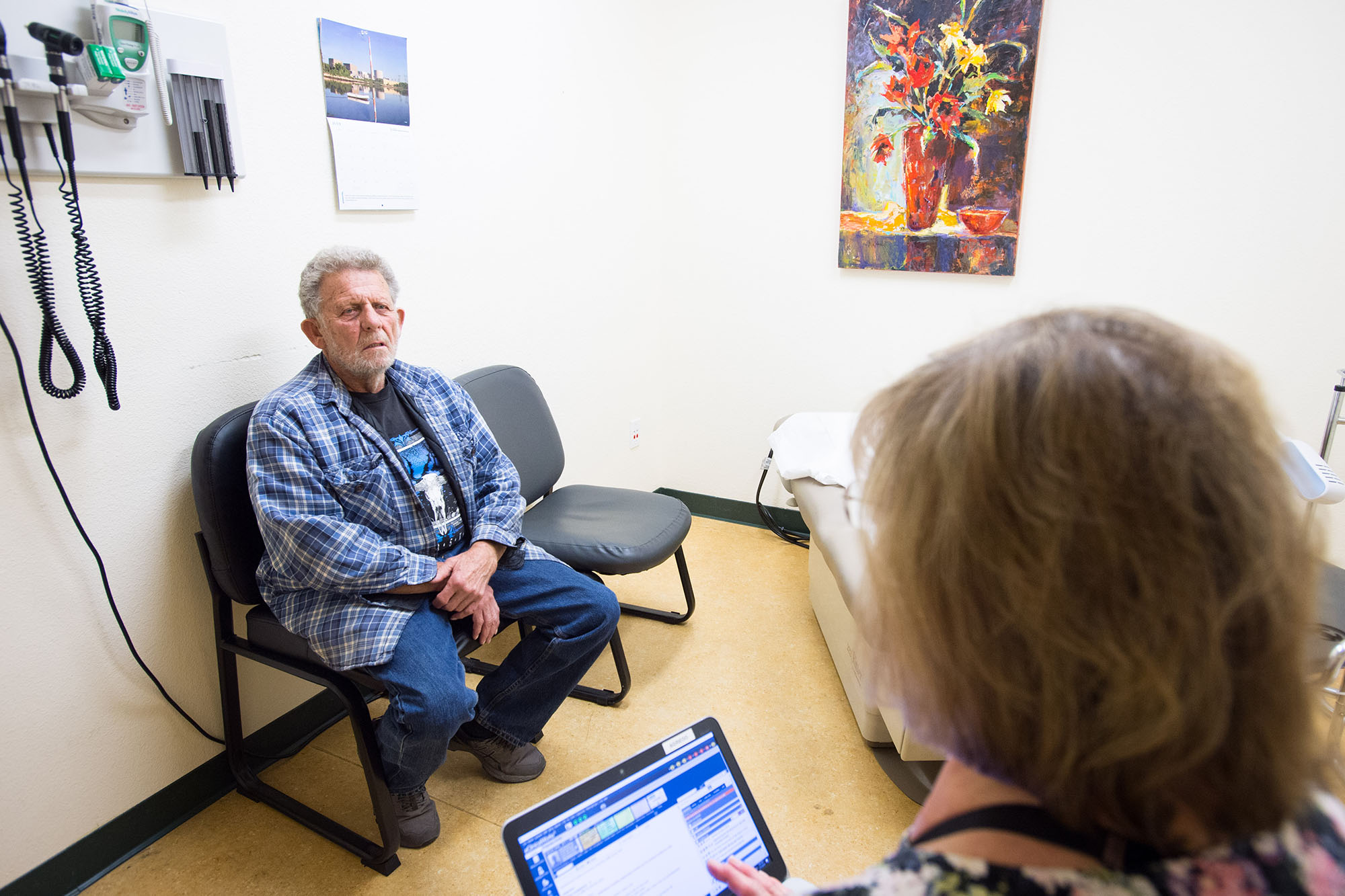More than two million Californians purchased their health insurance on the individual market in 2021, primarily people who are not offered affordable health insurance through their jobs and who do not qualify for Medi-Cal, the state’s health insurance program for families with low incomes. Of California’s individual market enrollees, about two-thirds purchase plans through Covered California, the state’s health insurance marketplace established under the Affordable Care Act (ACA). The remaining third purchase directly from a health insurer.
In 2021, researchers at Massachusetts General Hospital and Harvard Medical School sought to answer the following questions: How affordable do Californians in the individual health insurance market perceive their insurance to be? How affordable do they perceive their out-of-pocket costs for medical care to be? How frequently do they report delaying or avoiding needed medical care because of costs? How frequently do they report cutting back on other necessities (like food, rent, and other basics) or borrowing money to pay for care?
In 2021, the American Rescue Plan Act enhanced ACA premium tax credits by decreasing the maximum percentage of income that enrollees were expected to pay for monthly premiums. The legislation also offered premium tax credits to households with incomes greater than 400% of the federal poverty level (FPL) in cases where premium cost exceeded 8.5% of household income. The American Rescue Plan Act also provided premium and cost-sharing subsidies to households receiving unemployment insurance, making them eligible for free coverage. (ACA tax credits and cost-sharing subsidies are available only to those purchasing health insurance through ACA health insurance marketplaces, such as Covered California, not for those purchasing directly from an insurer in the individual market.)
Researchers surveyed adult (age 18+) individual market enrollees in 2021 who selected qualified health plans through Covered California or through a health insurance plan outside of the Covered California marketplace. This analysis is limited to individuals who selected a plan during the open enrollment period (N=1,752).The survey was conducted in English and Spanish, and respondents could complete the survey by telephone, web, or paper. The survey was fielded between September 15, 2021, and January 13, 2022, with a response rate of 25%. Whether the individual market enrollee enrolled through Covered California or outside of Covered California was determined using enrollment records. All other measures are based on self-reported information from the survey, including whether the household received unemployment insurance, household income, race/ethnicity, health status, and whether the respondent had diagnoses for selected chronic conditions. In charts below, categories are mutually exclusive, with the exception of condition. All groups, unless otherwise specified, include both those enrolling through Covered California and outside Covered California. Missing data were imputed using chained equations.
Results from a similar survey conducted in 2017 are available here.
1. Affording premiums. On average, 28% of enrollees reported difficulty paying their monthly insurance premiums. Sicker enrollees, as reflected by worse self-rated health status and more chronic conditions, were more likely to have difficulty.
2. Affording out-of-pocket costs. On average, 31% of enrollees reported difficulty paying out-of-pocket costs when using health care. Similar to premium affordability, sicker enrollees were more likely to report having difficulty.
3. Delaying/avoiding care due to cost among those reporting a need for care. Twenty-two percent of enrollees who reported needing care delayed or avoided care due to costs. Doing so was more common among enrollees who reported their household received unemployment insurance and sicker enrollees.
4. Financial stress due to health care costs. Twenty-eight percent of enrollees reported cutting necessities, borrowing money, or both as a result of health care costs. This was more common among enrollees with lower incomes and those reporting unemployment insurance, Black, Latino/x, Asian, and enrollees of other race or ethnicities, and sicker enrollees.
Authors & Contributors
Vicki Fung, PhD
Vicki Fung is an assistant professor of medicine at Harvard Medical School and a researcher at the Mongan Institute for Health Policy. Her affiliations include the Department of Medicine at Massachusetts General Hospital.
Mary Price, MA
Mary Price is senior data analyst at The Mongan Institute, Massachusetts General Hospital.
John Hsu, MD, MBA
John Hsu is associate professor of medicine at The Mongan Institute, Massachusetts General Hospital and Harvard Medical School.




